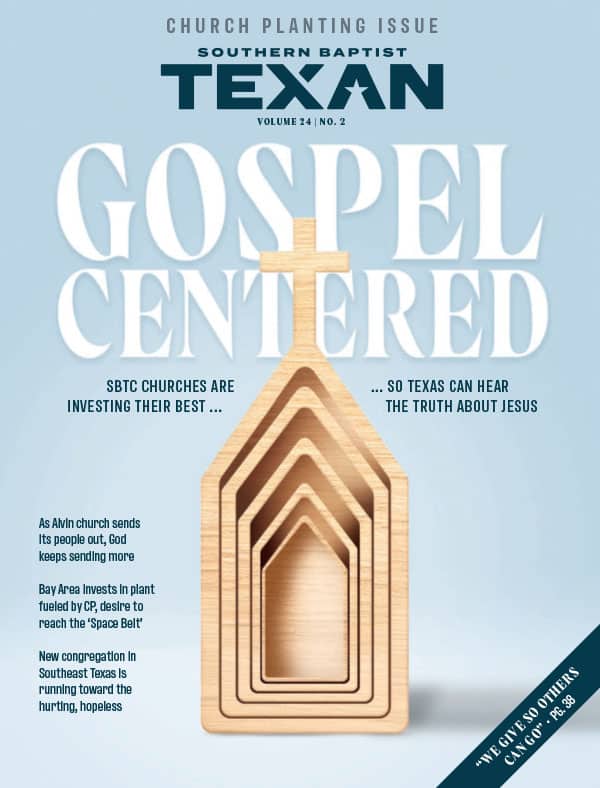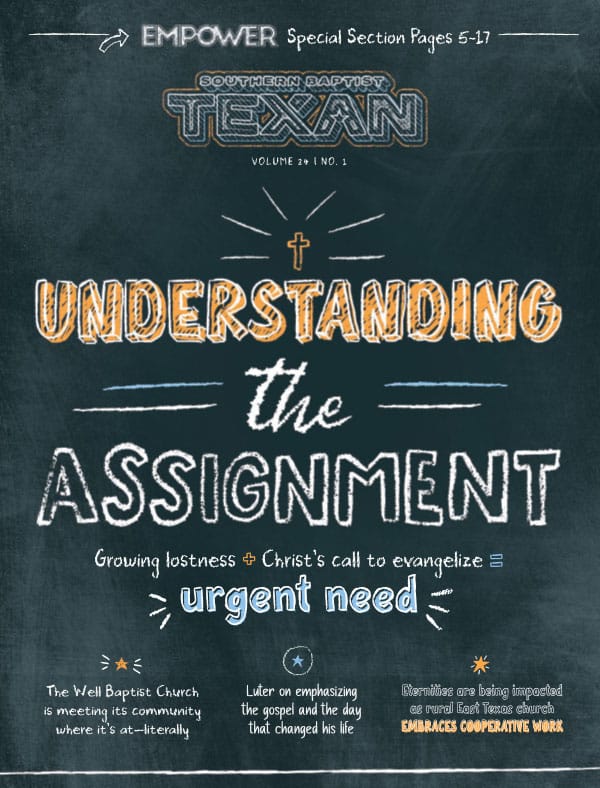LOUISVILLE, Ky.?The Baptist Faith and Message speaks of baptism and the Lord’s Supper as ordinances. As we consider Article 7 on the Lord’s Supper, we do well to begin by asking what is an ordinance? Why do Christians celebrate and perform these?and only these?two ceremonies?
An ordinance is an act:
1. commanded by the Lord Jesus in the Gospels and given by him for his followers to practice (Matthew 26:17-30; Mark 14:12-26; Luke 22:7-23);
2. passed on as a tradition by Jesus’ authorized agents, the apostles, in the letters to the churches (1 Corinthians 10:14-22; 11:17-34); and
3. practiced by the early church in the history of the church recorded in Acts (2:42, 46; 20:7, 11).
Thus only baptism and the Lord’s Supper can be considered ordinances of the Christian church.
Ordinances are symbolic acts that set forth primary facts of the Christian faith and are obligatory for all who believe in Jesus Christ. Baptism dramatically pictures our entering into covenant relationship with God through Jesus Christ by faith, and the Lord’s Supper portrays our continuing in this relationship.
Various designations have been used for the Lord’s Supper by different churches due to the fact that the act is referred to in a variety of ways in the New Testament. These designations include:
1. breaking of bread (Acts 2:42; 20:7; 1 Corinthians 10:16);
2. communion (1 Corinthians 10:16);
3. Eucharist (from the Greek word for giving thanks, cf. Matt 26:27; Mark 14:23; Luke 22:17, 19; 1 Corinthians 11:24);
4. the Lord’s Supper (1 Corinthians 11:20); and 5. the Lord’s table (1 Corinthians 10:20).
The accounts in the Gospels show that the Christian ceremony of the Lord’s Supper has its roots in the Jewish Passover festival. This festival was a ceremony observed by the Jewish people to remind them of the Exodus?that awesome event when the Lord rescued them from 400 years of degradation and slavery in Egypt.
Through great miracles and displays of power, Yahweh brought them out of Egypt, rescued them from the cruel oppression of Pharaoh and brought them into a beautiful land they could call their own. Although by definition the Exodus was a non-repeatable event, its significance was preserved for future generations of Israelites by the institution of the ceremony of the Feast of Passover (Exodus 12:24-27), celebrated every year at the Spring Equinox.
Just before Jesus was betrayed and handed over to the rulers to be crucified, he celebrated this “freedom meal” with his 12 disciples. As he did so, he turned the symbolism of the meal in a new direction.
He used the Passover festival to act out in symbolic drama the meaning of his coming death at the hands of the Jewish and Roman rulers. The unleavened bread and the wine were no longer symbols of deliverance from slavery in Egypt, but pictured him as the Passover Lamb sacrificed so that his people might be delivered from slavery to sin and death. As the leader of a new exodus, he instituted a new ceremony to commemorate it.
The explanation given by the Apostle Paul in his first letter to the Corinthians (11:17-34) helps us to understand the meaning of the Lord’s Supper. His explanation of the Lord’s Supper reveals six major themes.
1. Saving Sacrifice (This is my body):
On the night Jesus was arrested and betrayed by one of his close followers to the Jewish and Roman authorities, he broke bread. And as he was doing so, he said, “This is my body which is being given for you.”
In the Jewish Passover feast, bread was eaten that was made without yeast.










